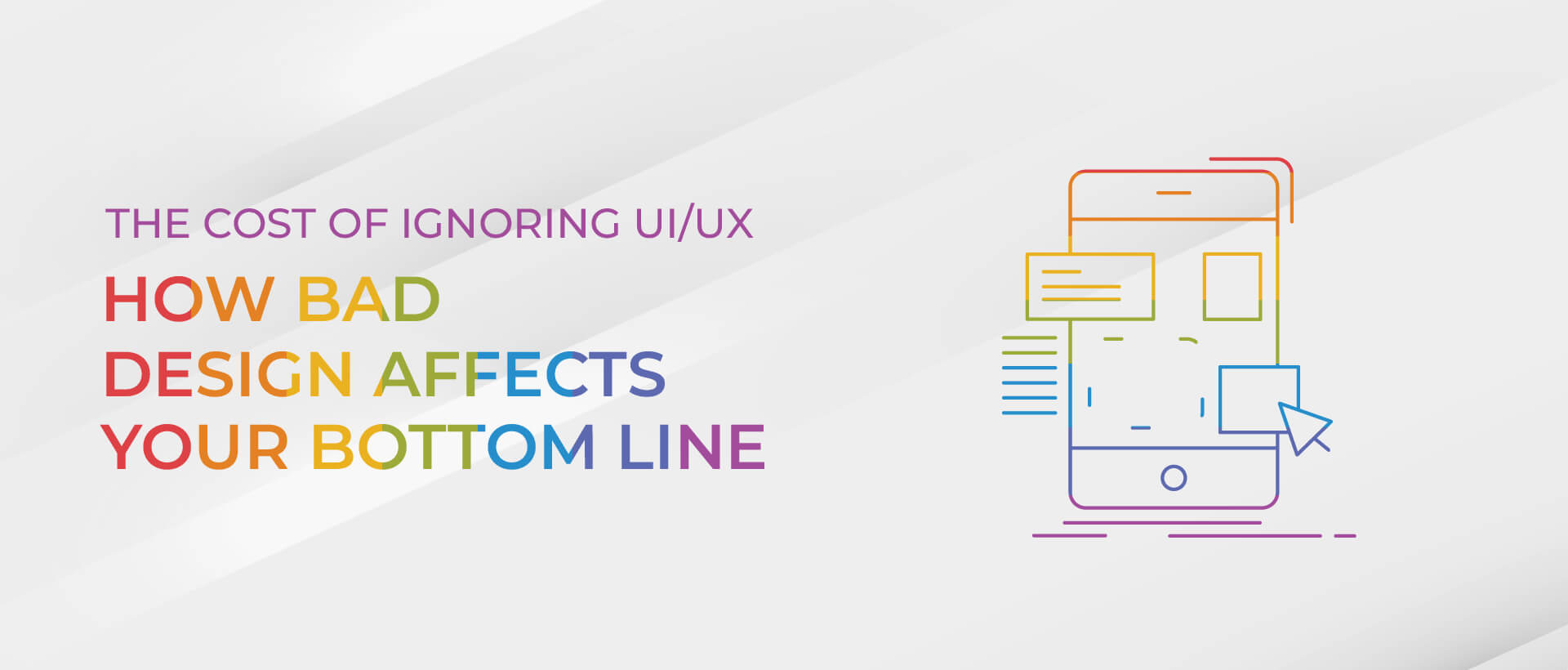
Introduction
Today's fierce digital competition for consumer attention over stresses the importance of user interface (UI) and user experience (UX). These elements are not just about aesthetics; they are crucial to a business's success and directly impact the bottom line. Ignoring UI/UX can lead to decreased user engagement, lower conversion rates, and a decline in revenue.
Understanding UI/UX and Its Business Impact
UI involves the visual elements of a product, such as layout and interaction design, while UX is about the overall feel of the experience. Both need to work harmoniously to create a product that is not only visually appealing but also intuitive and user-friendly. According to research from Forrester Research, a well-crafted user interface can potentially increase a website's conversion rate by as much as 200%, while superior UX design can lead to a boost in conversion rates of up to 400%.
Key Indicators of Bad UI/UX
Businesses need to be vigilant about signs of poor UI/UX, which can manifest as:
Analysing the Financial Impact
The repercussions of neglecting UI/UX extend to the financial aspects of a business. Bad design leads to lost sales opportunities and increased costs in customer support. Moreover, the additional expense of rectifying UI/UX issues can be significant, especially if they have been overlooked for an extended period.
Strategies for Improvement
Improving UI/UX is not a one-time task but a continuous process that involves:
Conclusion
In conclusion, the cost of ignoring UI/UX can be substantial for businesses. By recognising the key indicators of poor design and implementing strategies for improvement, companies can enhance user satisfaction, increase conversions, and improve their financial health. Investing in UI/UX is not just about improving the look and feel of a product; it is a critical business strategy that can lead to sustainable growth and success.